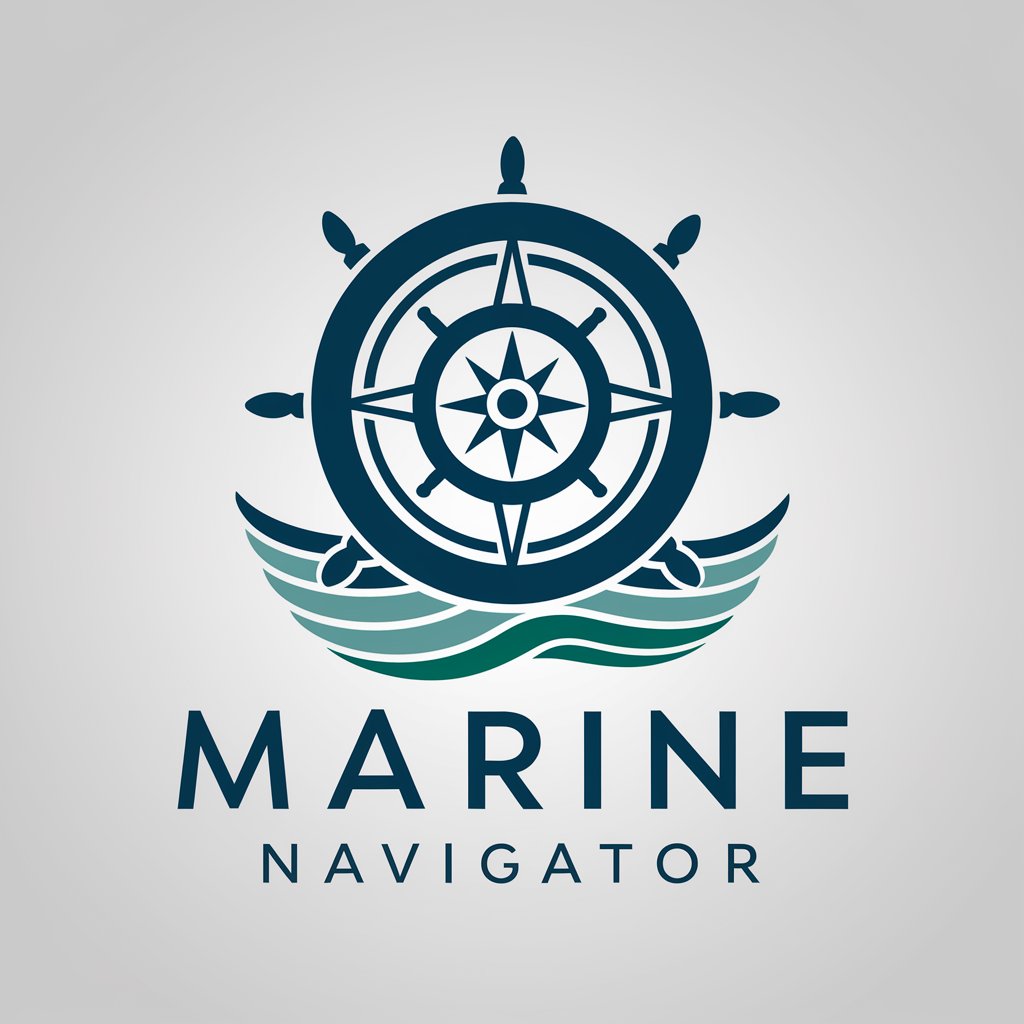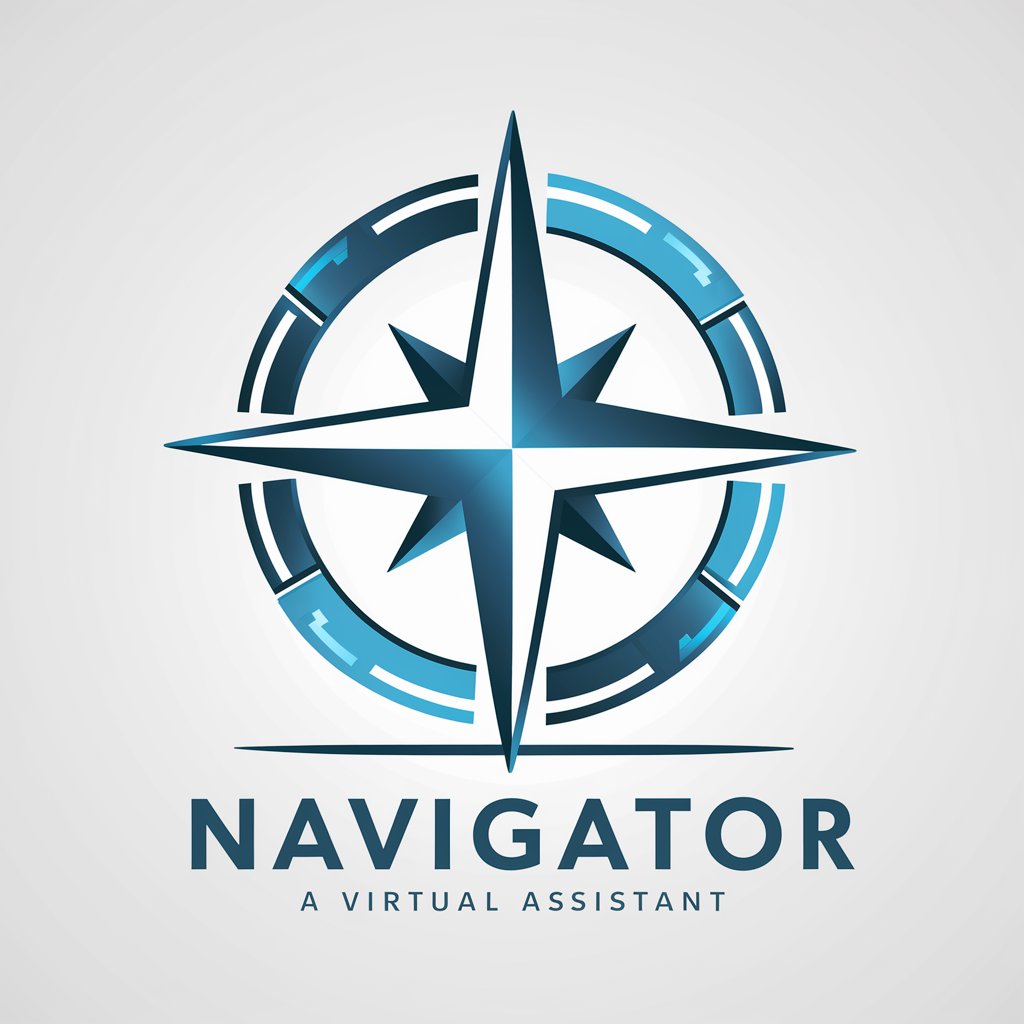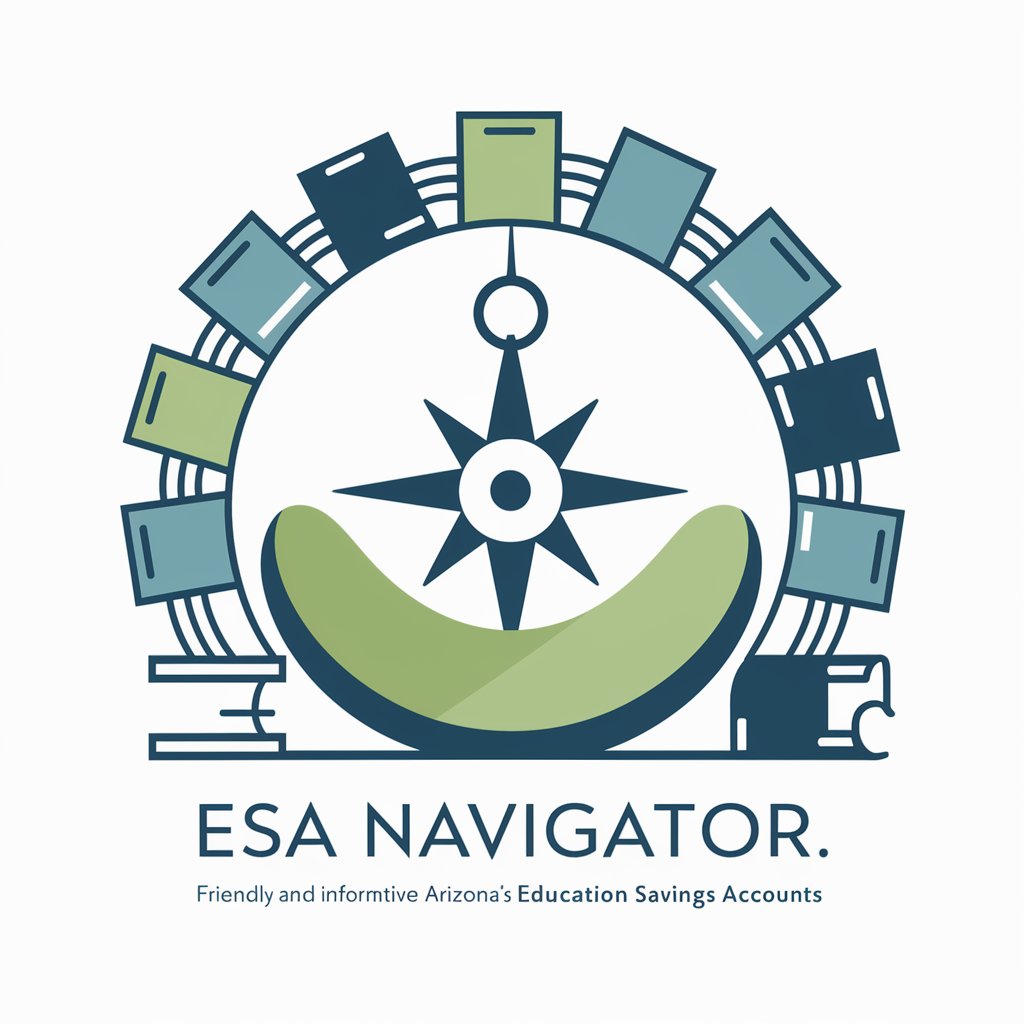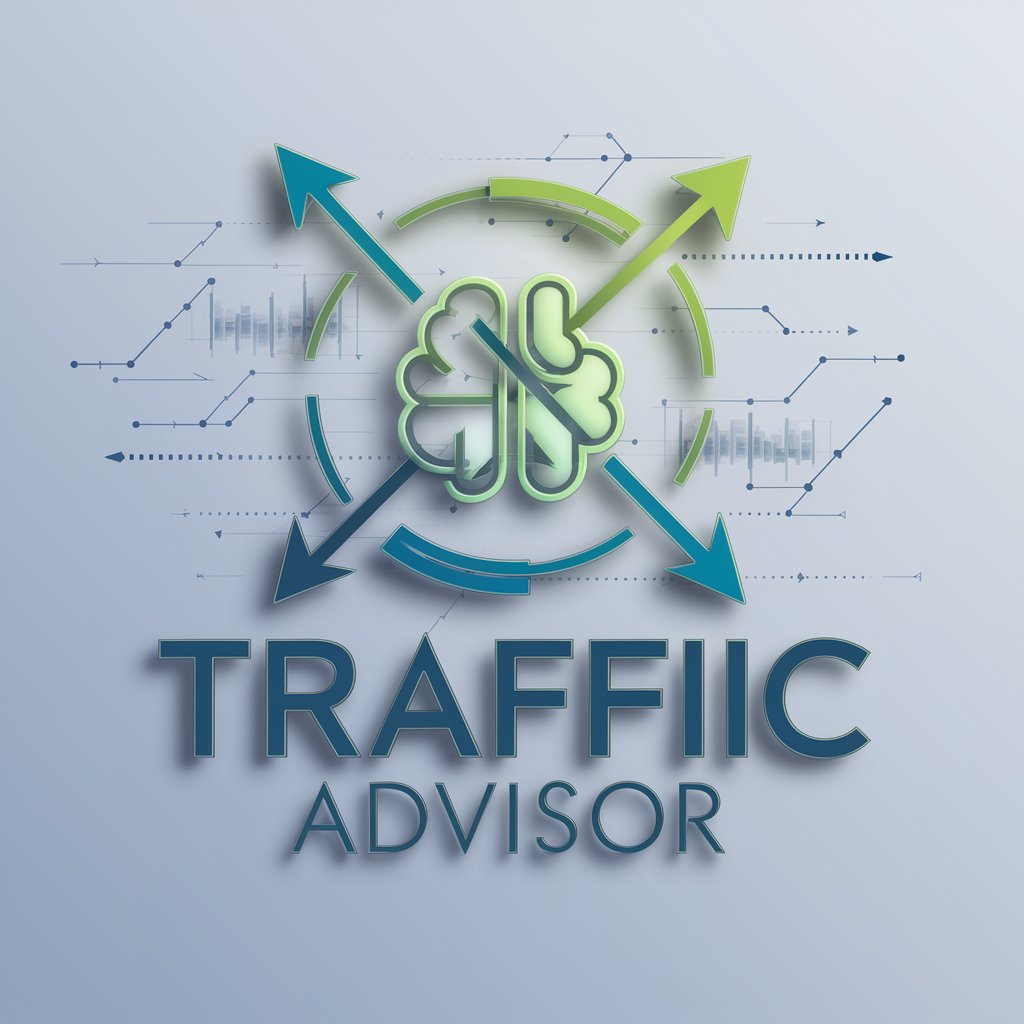
navigation and traffic management - Intelligent Traffic Solutions
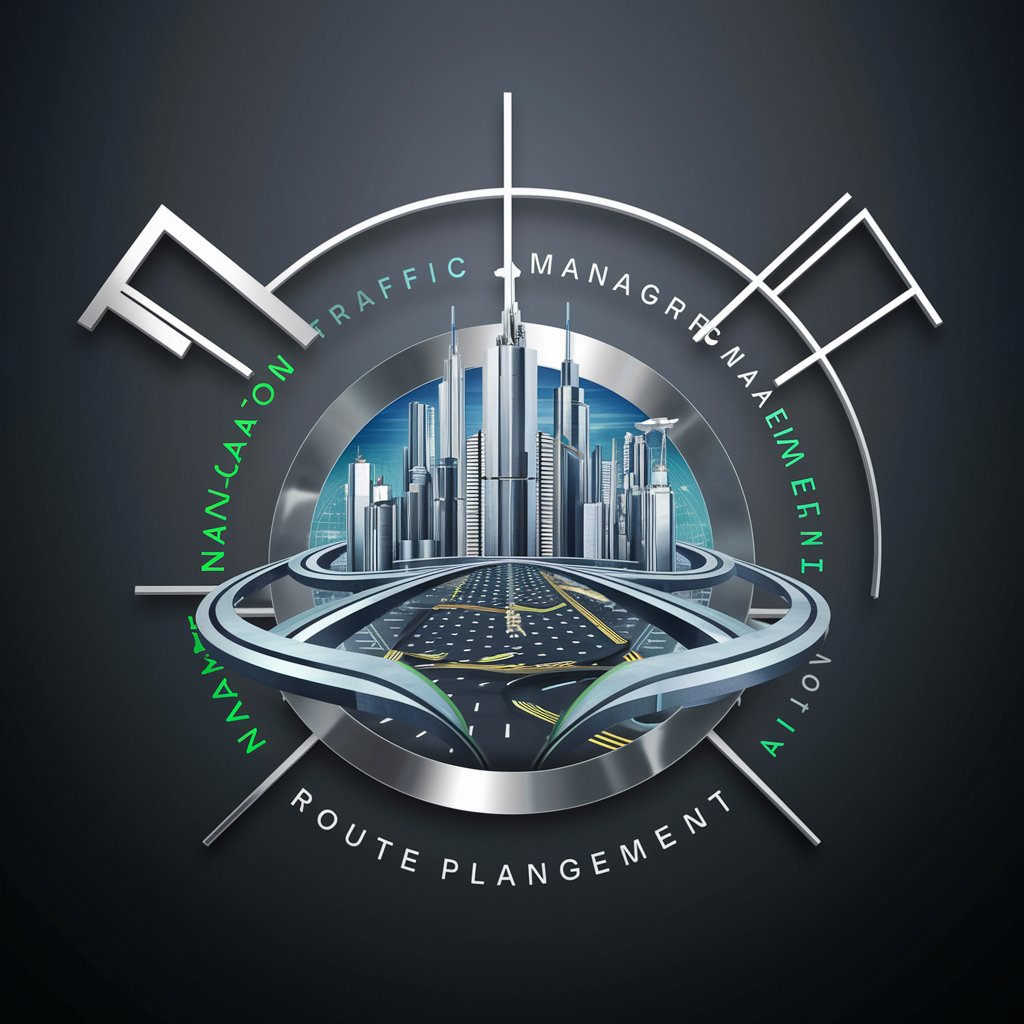
Welcome! Let's navigate the future of traffic management together.
AI-Powered Route Optimization
Explain the latest advancements in traffic signal optimization and their impact on urban traffic flow.
Describe the benefits and challenges of integrating autonomous vehicles into existing traffic systems.
How can AI and big data be used to predict and manage traffic congestion in real-time?
Discuss the role of smart city frameworks in enhancing public transportation systems.
Get Embed Code
Introduction to Navigation and Traffic Management
Navigation and Traffic Management (NTM) systems are designed to optimize the movement of vehicles and pedestrians within urban and suburban environments. These systems provide real-time data and guidance to manage traffic flow, reduce congestion, and enhance safety. Key elements include route planning, traffic congestion analysis, and smart city integration. For example, during a major city marathon, NTM systems can dynamically adjust traffic signals and recommend alternative routes to minimize disruptions, using data from sensors and cameras to manage the flow efficiently. Powered by ChatGPT-4o。

Main Functions of Navigation and Traffic Management
Advanced Route Planning
Example
For delivery companies, NTM systems can optimize routes considering traffic conditions, road work, and weather, ensuring timely deliveries while reducing fuel consumption.
Scenario
A logistics company uses NTM to plan deliveries across a busy metropolitan area, adjusting routes in real-time to avoid sudden traffic jams caused by accidents or construction.
Traffic Congestion Analysis
Example
NTM systems analyze traffic data to identify bottlenecks and suggest infrastructure improvements or policy changes like congestion pricing.
Scenario
City planners use NTM data to redesign a notorious intersection, adding dedicated turning lanes and improving signal timings to alleviate peak hour traffic.
Public Transportation Systems Optimization
Example
NTM helps in scheduling and routing of public transit to align with user demand patterns, enhancing service efficiency.
Scenario
A city's transportation department adjusts bus schedules and routes based on NTM insights, effectively reducing wait times and overcrowding during rush hours.
Ideal Users of Navigation and Traffic Management Services
Urban Planners and City Administrators
These professionals utilize NTM to design and implement efficient transportation networks, manage public transit systems, and develop traffic policies that address urban growth and sustainability.
Logistics and Delivery Companies
These companies rely on NTM for route optimization, fleet management, and to adapt to real-time road conditions, ensuring efficient operations and customer satisfaction.
Commuters and Regular Travelers
Individuals benefit from NTM through personalized travel recommendations and real-time traffic updates, enhancing their daily commuting experience and reducing travel time.

Steps for Using Navigation and Traffic Management
Step 1
Visit yeschat.ai for a no-login-required free trial experience, without needing a ChatGPT Plus subscription.
Step 2
Choose your specific need from the provided options, such as route planning, traffic updates, or urban traffic management consulting.
Step 3
Input relevant data like your location, destination, and preferred mode of transportation for customized suggestions.
Step 4
Use the real-time traffic data and forecasts to plan your journey avoiding traffic jams and delays.
Step 5
Review the safety tips and optimized routes suggested to ensure a safe and efficient trip.
Try other advanced and practical GPTs
Deep Space Navigation AI
Navigating the stars with AI precision

Navigation to Aviation
Navigate Smarter, Fly Safer
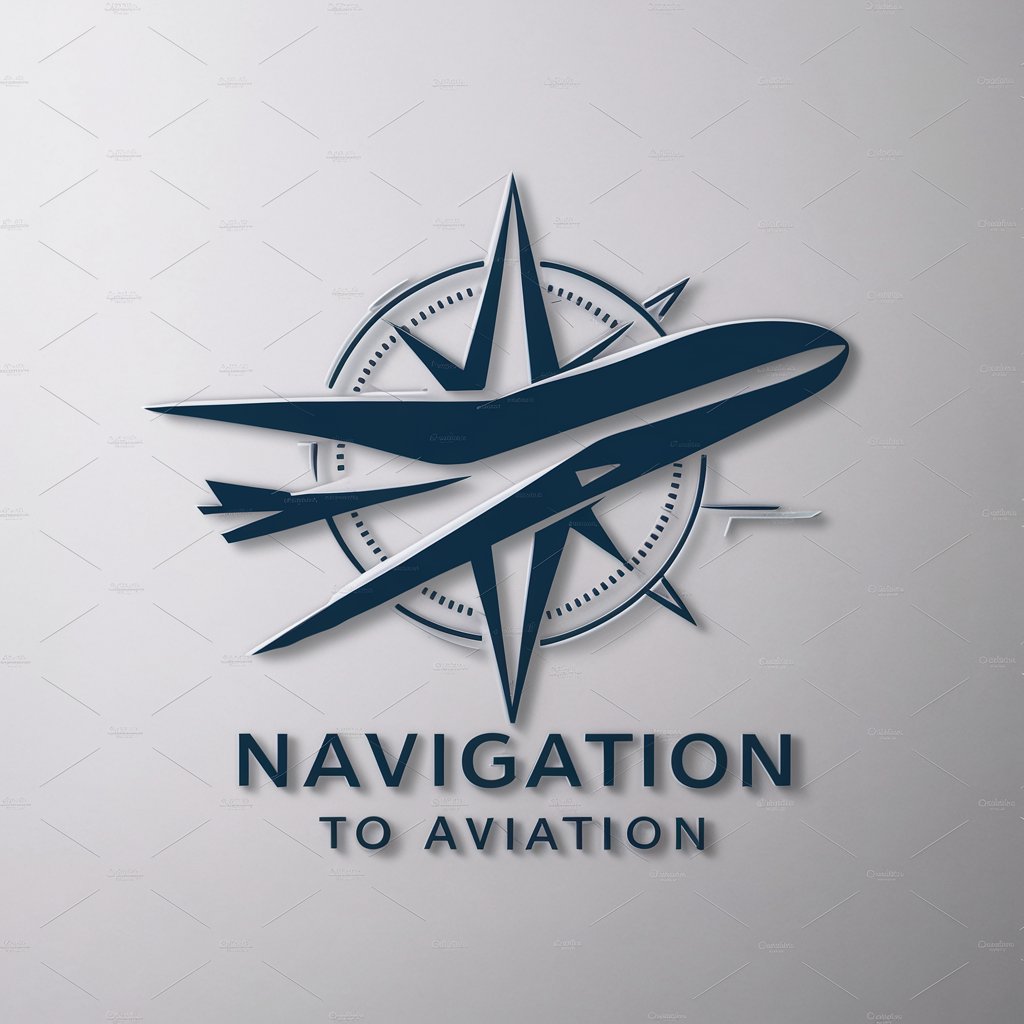
Prompt Enhancer
Refine your prompts for precise AI responses.

Prophecy GPT
Deciphering Biblical End-Times with AI

Eschatologist 🧔♀️✝️
Decipher the End: AI-powered Eschatology

Your reliable divorce lawyer
AI-powered, personalized divorce advice

Steamboat Willie Nautical Navigation
Navigate history with AI-powered maps!

Grant Navigation Advisor
Empowering your grant journey with AI
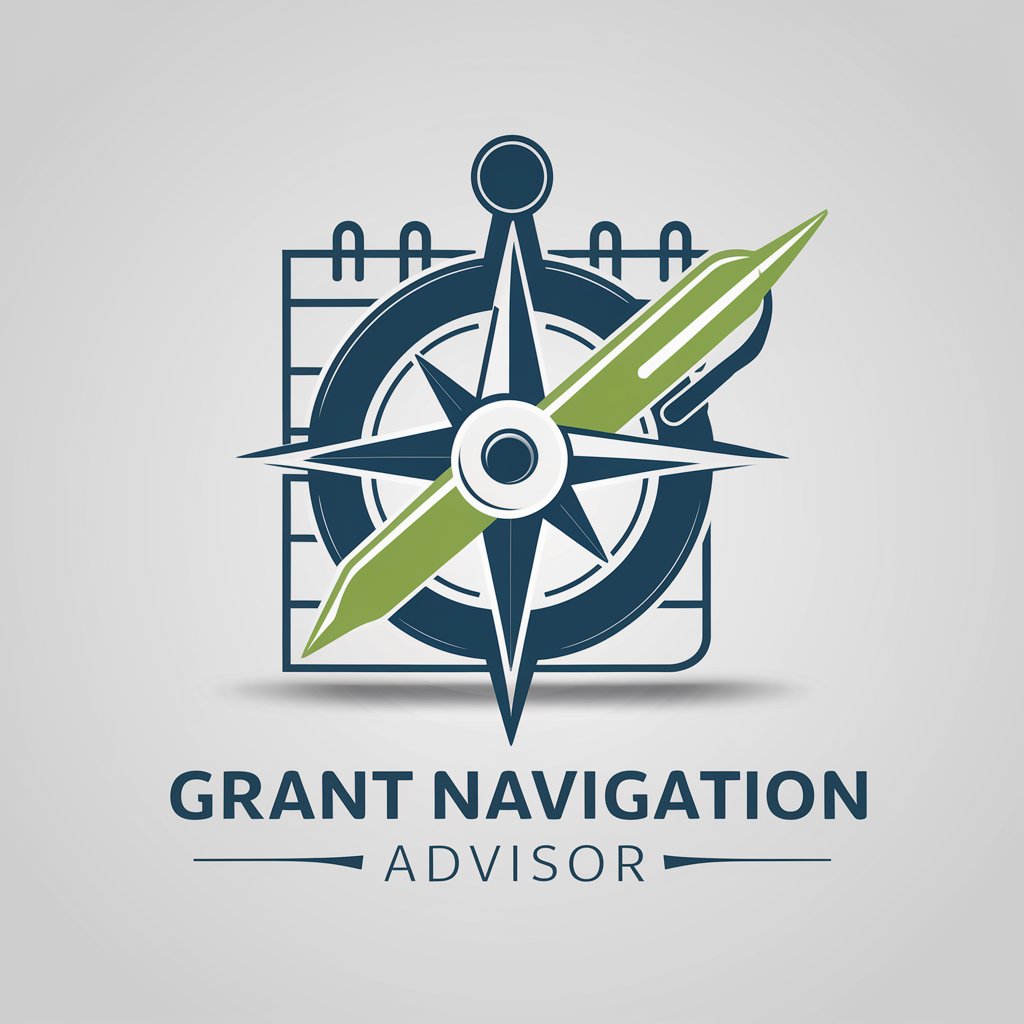
Article Summarization Hero
Empower your reading with AI-driven summaries.

Draper.
Revolutionizing Copywriting with AI

Creative Director
Empowering Your Creativity with AI

Draper the Ad Creator
Crafting Ads with AI-Powered Creativity

Frequently Asked Questions on Navigation and Traffic Management
How does the system handle unexpected road closures?
The system updates routes in real-time, using traffic data and official reports to reroute you around closed roads efficiently.
Can it suggest routes for non-motorized modes of transport?
Yes, it provides optimized pathways for cyclists and pedestrians, considering safety and ease of travel along with traffic conditions.
What technologies are used for traffic management?
The system utilizes AI, machine learning for pattern detection, IoT for real-time data gathering, and predictive analytics to forecast traffic conditions.
How can this tool help in reducing commute times?
By analyzing various data points and traffic trends, the tool provides the fastest and most efficient routes, thus minimizing your overall commute time.
Is there support for fleet management?
Yes, the system includes features for fleet operators, such as route optimization, maintenance alerts, and fuel management to enhance operational efficiency.
